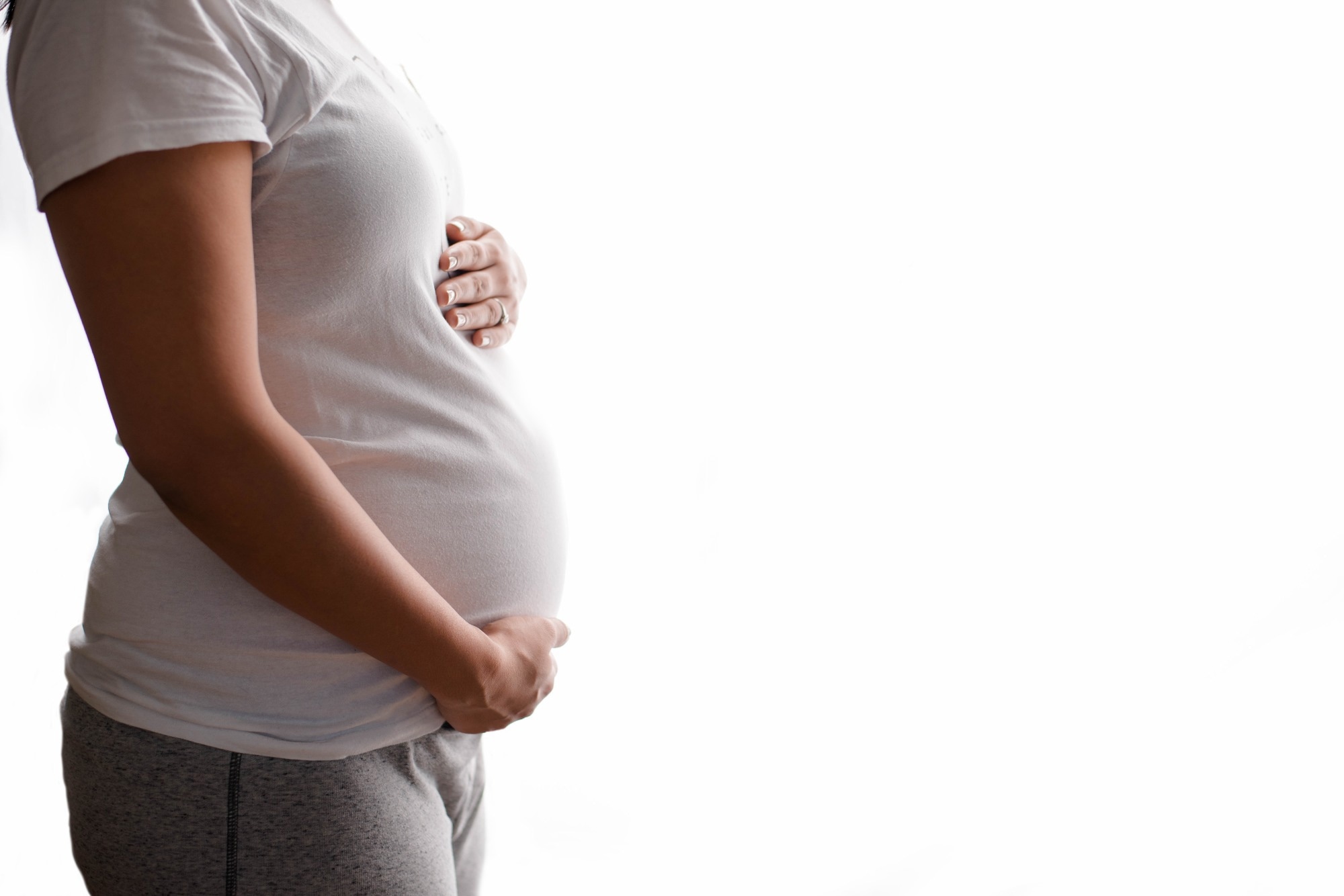A recent Proceedings of the National Academy of Sciences study investigated the association between reproduction and biological aging based on epigenetic clocks.
 Study: Pregnancy is linked to faster epigenetic aging in young women. Image Credit: Maryna Chupilka/Shutterstock.com
Study: Pregnancy is linked to faster epigenetic aging in young women. Image Credit: Maryna Chupilka/Shutterstock.com
Background
From the 8th to the 19th century, women in the British aristocracy typically had more children and experienced shorter post-reproductive lifespans. This supports the evolutionary theory suggesting that reproduction trades off with repairing and maintaining health, thereby accelerating biological aging in women.
While advances in medical care and nutrition have mitigated the biological impacts of reproduction, it remains associated with increased rates of morbidity and all-cause mortality in women.
Even though many studies have provided evidence that reproduction hastens biological aging in women, they failed to quantify the cost associated with reproduction based on measures of health and mortality later in life. Since age-related mortality and morbidity can only be assessed at advanced chronological ages, their significance in assessing the younger population is limited.
For long-lived species, including humans, estimating the cost of reproduction among younger populations would have logistical and methodological advantages. A better understanding would help make informed reproductive decisions and delay the effects of aging. It is important to conduct longitudinal studies because it helps understand the association between higher fertility and aging.
Although a gold standard to quantify biological age across the lifespan is not available, newly developed DNA methylation (DNAm) methods exhibited significant potential for the same.
The DNAm-based measures of aging are popularly called epigenetic clocks that could accurately predict mortality risk, chronological age, and physiological decline. These epigenetic clocks can also predict age acceleration before it becomes clinically significant. Put simply, these clocks could help predict early biological aging in young adults.
About the study
The current study exploited epigenetic clocks to quantify trade-offs between reproduction and aging. A total of six epigenetic clocks were used to test for trade-offs between reproduction and biological aging in a Philippines-based cohort.
A total of 1,735 young adults, i.e., both men and women, who participated in the Cebu Longitudinal Health and Nutrition Survey (CLHNS) were recruited. CLHNS is a birth cohort study that commenced in 1983-84 in Metropolitan Cebu, Philippines.
This survey provided comprehensive information on reproductive history, including the number of pregnancies, their duration, and outcomes.
Furthermore, measures of the participants' social and physical environment , including household income, parental education, and assets, of the participants over a long period of their lives. Men provided relevant details about the number of pregnancies fathered.
Blood samples were collected at two different periods, i.e., in 2005 (baseline) and 2009-2014 (follow-up), to quantify biological aging cross-sectionally and longitudinally.
The blood samples collected during the follow-up period were tested for DNAm. The longitudinal study design reduced the potential confounding factors. Furthermore, it provided a robust test for causality to assess the link between reproduction and biological aging.
Study findings
Women with a history of at least one pregnancy underwent faster biological aging compared to non-pregnant women. The epigenetic clocks could predict physiological dysregulation, mortality risk, and biological decline.
The study cohort comprised 825 females and 910 males. In this cohort, the number of pregnancies ranged between 1 and 5. At baseline, out of 825 women, 314 underwent at least one pregnancy, and 140 had two or more pregnancies.
The mean age of men at baseline was 21 years. Among 910 men, 210 fathered at least one pregnancy at baseline. The number of pregnancies fathered by men in this cohort ranged between 1 and 6.
Women who had been pregnant during early adulthood exhibited faster biological aging. These findings were robustly correlated with socioeconomic status, genetic variation, and measures of urbanicity.
The longitudinal findings based on the Horvath and Hannum clocks indicated that women with more pregnancies between baseline and follow-up underwent accelerated aging. It must be noted that no evidence could connect the number of pregnancies fathered by men with epigenetic aging.
This finding implies that instead of socioeconomic factors, gestation and breastfeeding are key drivers of early life fertility that accelerate epigenetic aging.
A pilot study conducted by the same research team using the same data indicated that gravidity was associated with enhanced aging. This observation was based on Horvath’s clock and leukocyte telomere length, other potential markers of molecular aging.
Each additional pregnancy enhanced biological aging by 2.4 and 2.8 months. Consistent with previous studies, this study revealed early maternal age during first birth leads to poorer long-term health outcomes later in life.
Conclusions
This large-scale study investigated the cost of reproduction with respect to biological aging in both men and women. It provided robust evidence that indicates pregnancies accelerate biological aging in a young, healthy adult population.
A high reproductive effort was associated with an increased risk of multiple diseases and early mortality